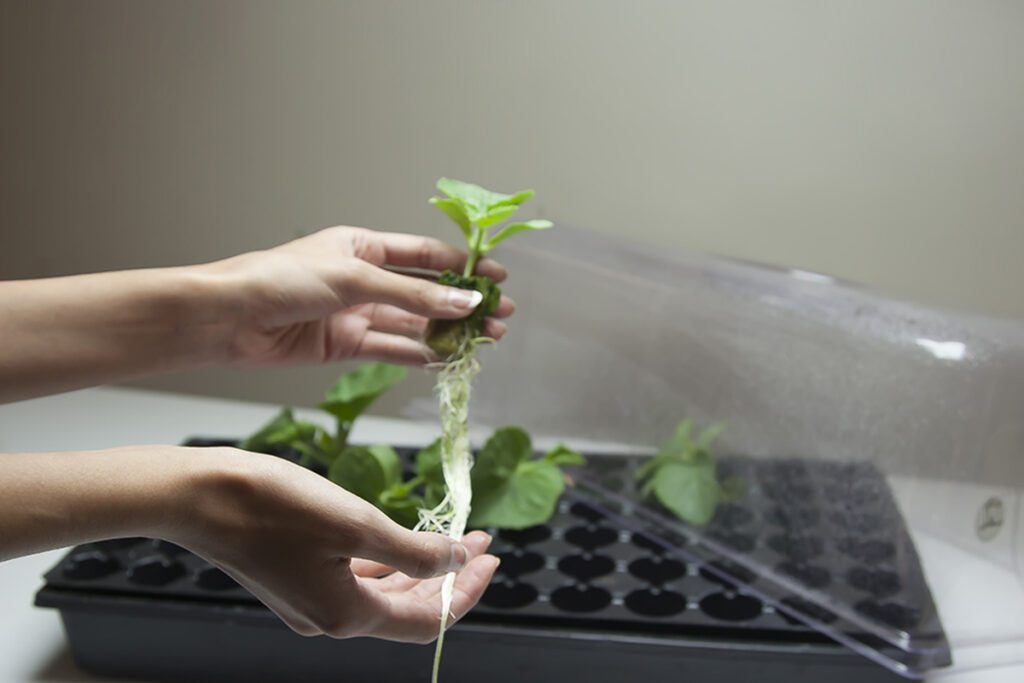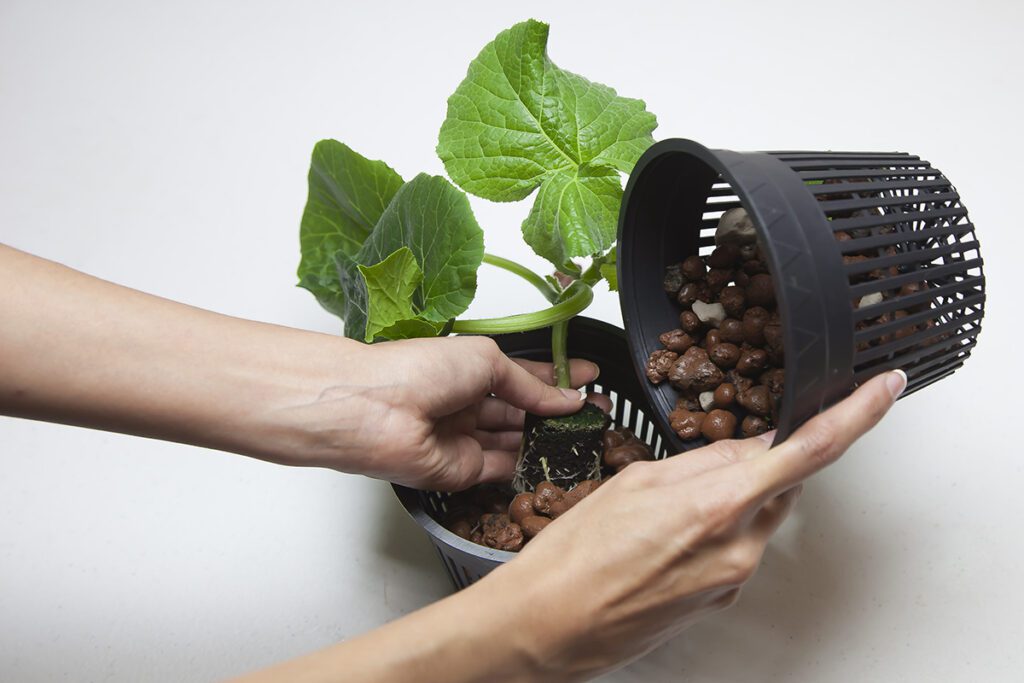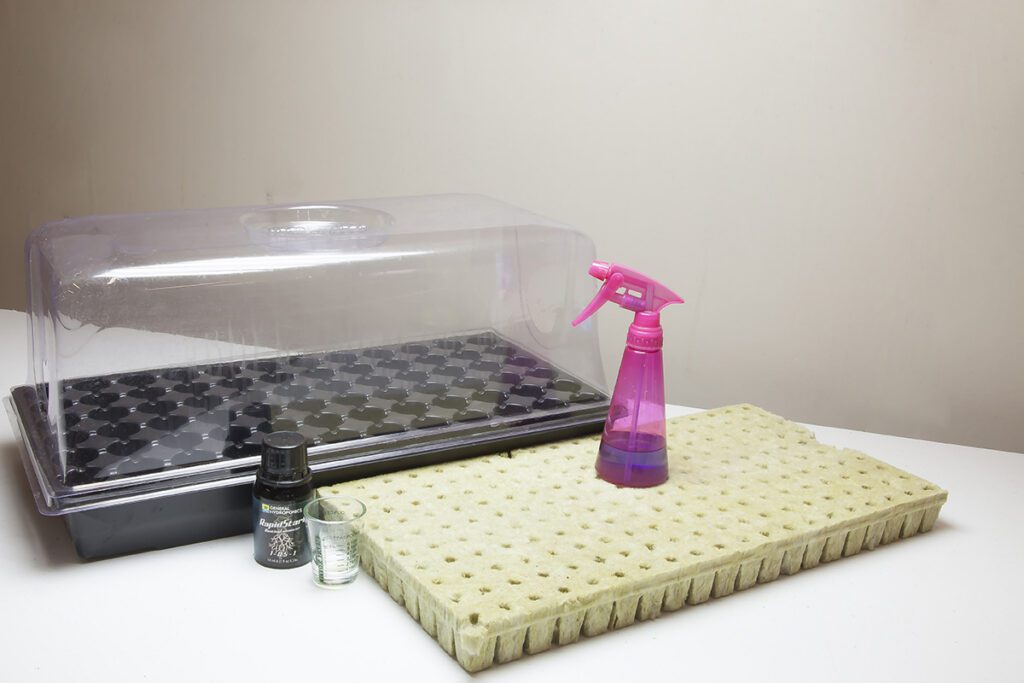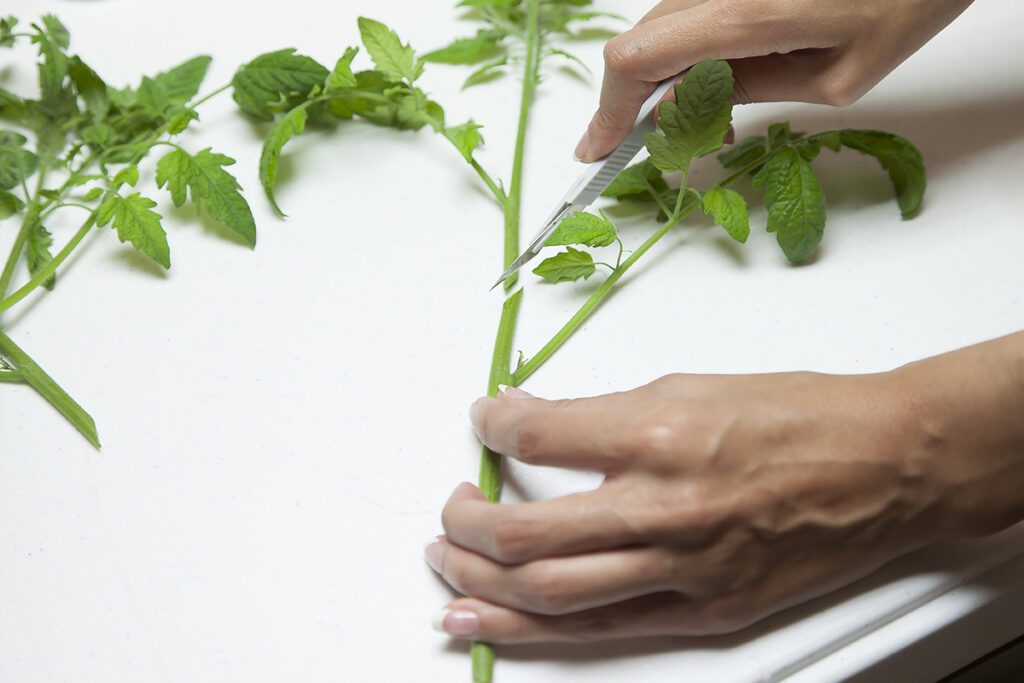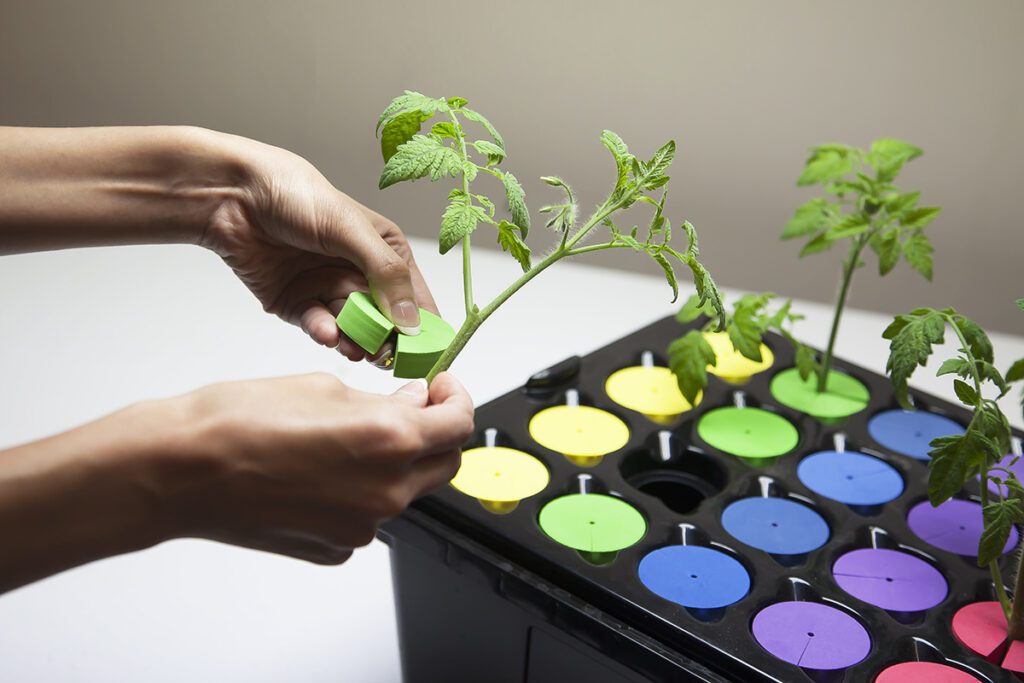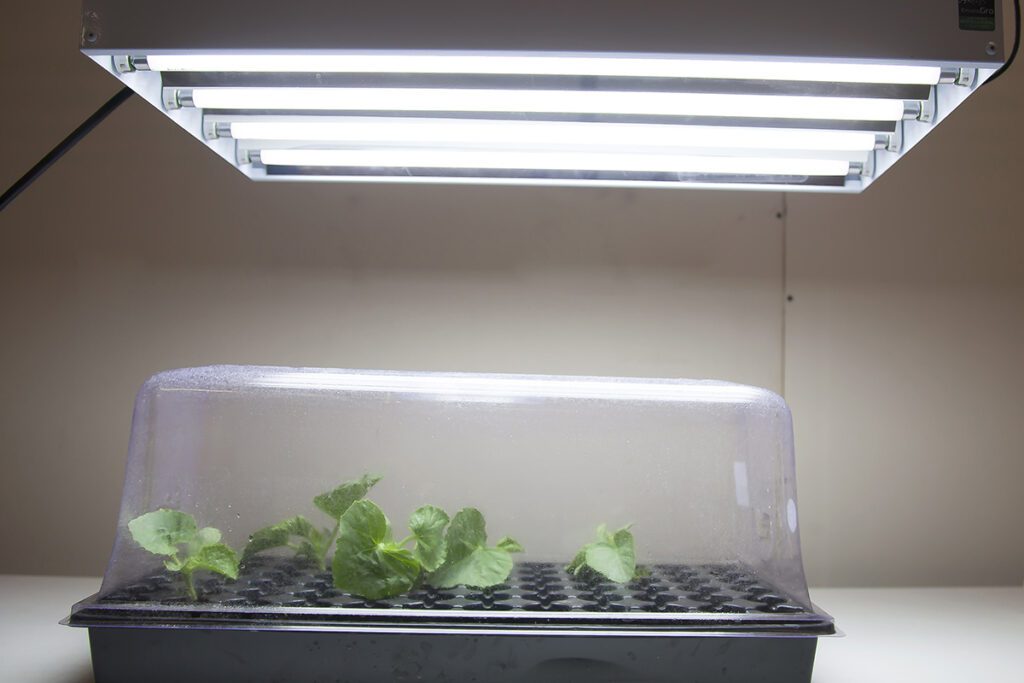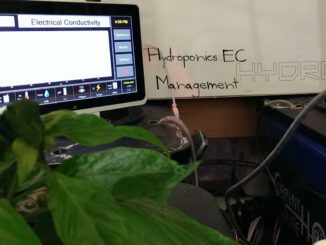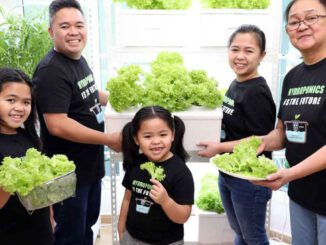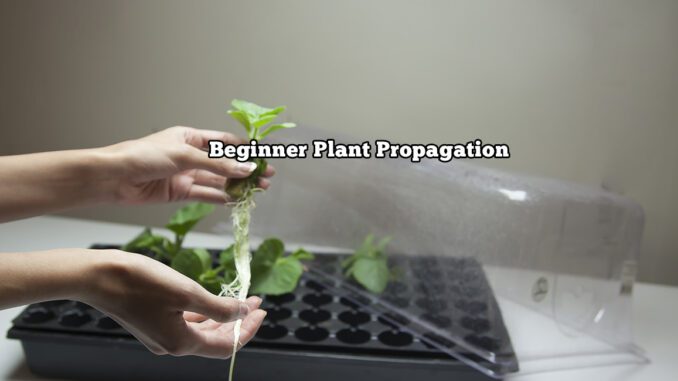
Beginner Plant Propagation
How To Start Your Own Plants from Seed or Cuttings
Beginner plant propagation, an easy guide for successful starts in your garden with cutting or seeds.
A riddle for you: what’s the most important part of hydroponic system?
Give up?
Why the plant of course!
Plants are the Boss
Otherwise you’ve just got a lot of tubing and electrical junk cramped together. Fortunately enough, where to get your plants isn’t a riddle. It’s pretty hard to beat the benefits of propagating them yourself. Propagation, simply put, is reproduction and there are 2 kinds: sexual and asexual. Sexual propagation is done with seeds, carrying genetic variability from parent plants to the next generation. Asexual propagation is essentially cloning, as you take a clipping/cutting from a mature plant and stimulate new root growth to create a separate but genetically identical plant.
[quote] For the same price as one 4 inch plant you can get a seed packet with several grams worth of seeds, giving you the potential to grow dozens and dozens of plants. Likewise with taking cuttings, you can produce several generations of plants from a single mother plant.[/quote]
Growing Healthy & Saving Money
Starting from seeds or cuttings is less expensive than buying retail. In traditional gardening, it is most common for folk to go to their local nursery and pick out what they want/need, knowing that each 4 inch potted plant could cost anywhere between 99¢ and $3 while quart sizes can run $6 or more! For the same price as one 4 inch plant you can get a seed packet with several grams worth of seeds, giving you the potential to grow dozens and dozens of plants.
Likewise with taking cuttings, you can produce several generations of plants from a single mother plant. When using pre-grown plants for hydroponics, you run into problems with damaging the roots as you remove the soil and the potential of bringing unknown pathogens into your system. Propagating at home is also more sterile. Not only that, but retail nurseries will only have plants that are in season. So if you want watermelons in January and bok choi in July, you’re out of luck. By propagating your own, you can grow all your favorites year round regardless of season. And the best part… it’s easy!
The Basics for Successful Garden Starts
The most basic set up to start seeds is using plugs and trays. These are appropriate for most plants that can be grown from seed, especially herbs and greens. Peat plugs or stonewool cubes soak up moisture like sponges but still contain enough oxygen for seeds to sprout without rotting. It is easiest to soak them in water, often with a little root stimulator, prior to inserting the seeds. Most seedlings desire high humidity (around 70-80%), so pair the tray with a humidity dome. That will increase the relative humidity around the seedlings and plugs, reducing the stress on the newly forming root system.
Certain propagation kits will come with plugs, a dome, and a heat mat. Why use a heat mat you ask? Heat mats improve germination by increasing the root zone temperature 10° F above ambient on average. Keeping the media a little warmer basically mimics spring (or fall) soil temperatures and will trick the seeds into sprouting. Heat mats are most effective when growing indoors in cool rooms or in the greenhouse in winter. If you are starting them anywhere ambient temperatures remain in the mid-70s or higher (Fahrenheit), then a heat mat won’t really be necessary.
When starting cuttings, things can get a little more complicated. The first step is ensuring you’ve taken the cutting correctly. Species will vary widely on growth habit, but a good rule of thumb is to take cuttings at least 4-6 inches long. Too short and your cutting may be weak and more prone to disease. Too long and the cutting won’t be able to take up enough water to survive. Make the cut in between or just below a node (where buds and leaves attach to the stem) at a 45° angle. It doesn’t have to be exact, but an angular cut allows more rooting hormone into the cells.
Stepping Up to Aeroponics
[youtube width=”560″ height=”315″ video_id=”mSVwUFRHE7M”]
Above: aeroponic systems use reusable materials making them a sound long term investment for your garden needs.
Next you have a choice between using plug trays or an aeroponic system. Plugs are inexpensive and easy to use, but you have an increased chance of algae and pests. Aeroponic propagators are a little more expensive, but yield good results regardless of species and have a lower chance of disease. Just between you and me, I like aeroponics for cuttings and keep the plugs for my seeds. For best results, add a cloning solution to the aeroponic reservoir to kick-start the formation of new roots. Similar rules apply to aeroponic cloners as applies to seedling trays in beginner plant propagation: humidity is your friend; excess heat is your enemy.
Basic Plant Lighting
It’s also important to use the right grow light and mounting distance; an important component in beginner plant propagation. With prop trays and cloning machines alike, you don’t have to go crazy with large HID lamps. High output T5 fixtures are efficient and low in temperature so you don’t have to worry about the seedlings burning. Just make sure you mount it within a few inches of your seedlings for maximum light absorption. If you already have HIDs for your larger plants, you can use these for beginner plant propagation but you’ll want to be careful not to put them too close to the seedlings as the heat can dry them out.
By: Susanna Whelan, Hydroponics Contributor
For more of Susanna Whelan’s articles and guides to help you grow, please click |HERE|
Hands Supplied By: Samantha

